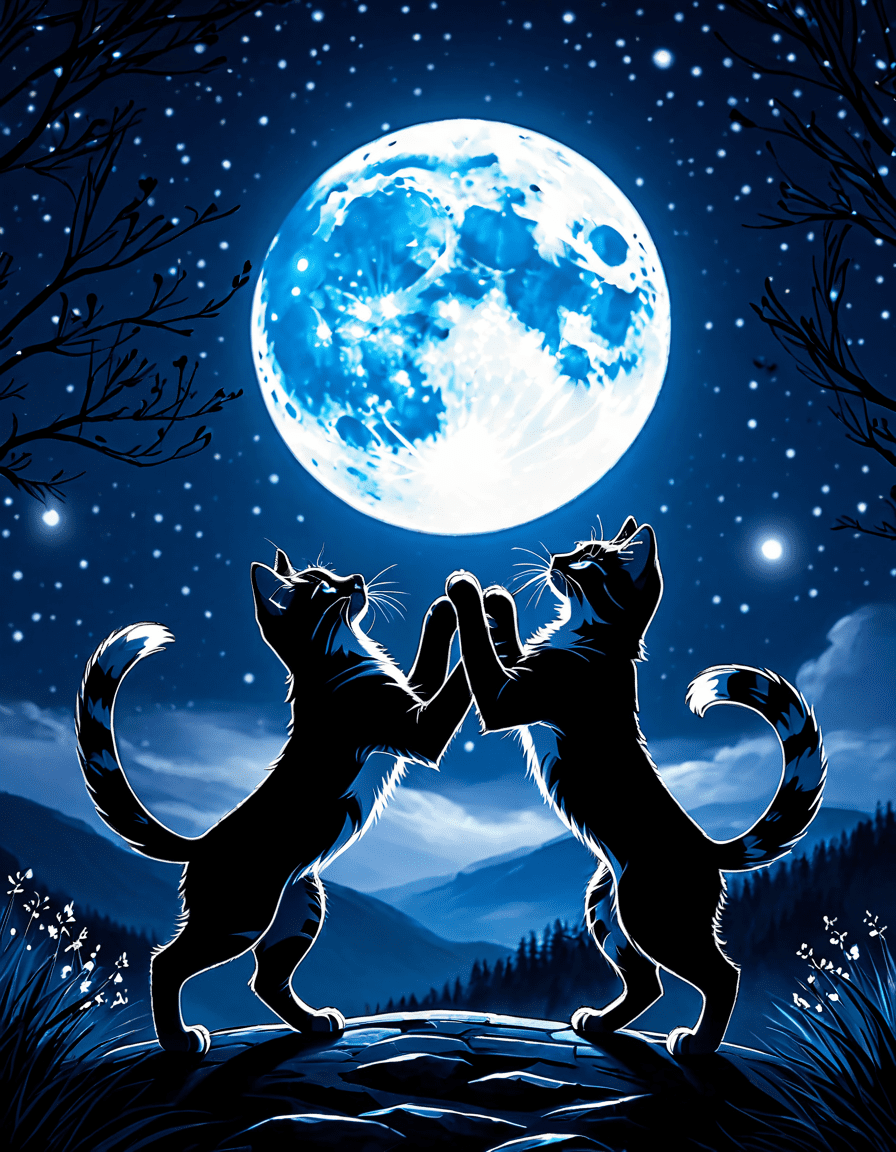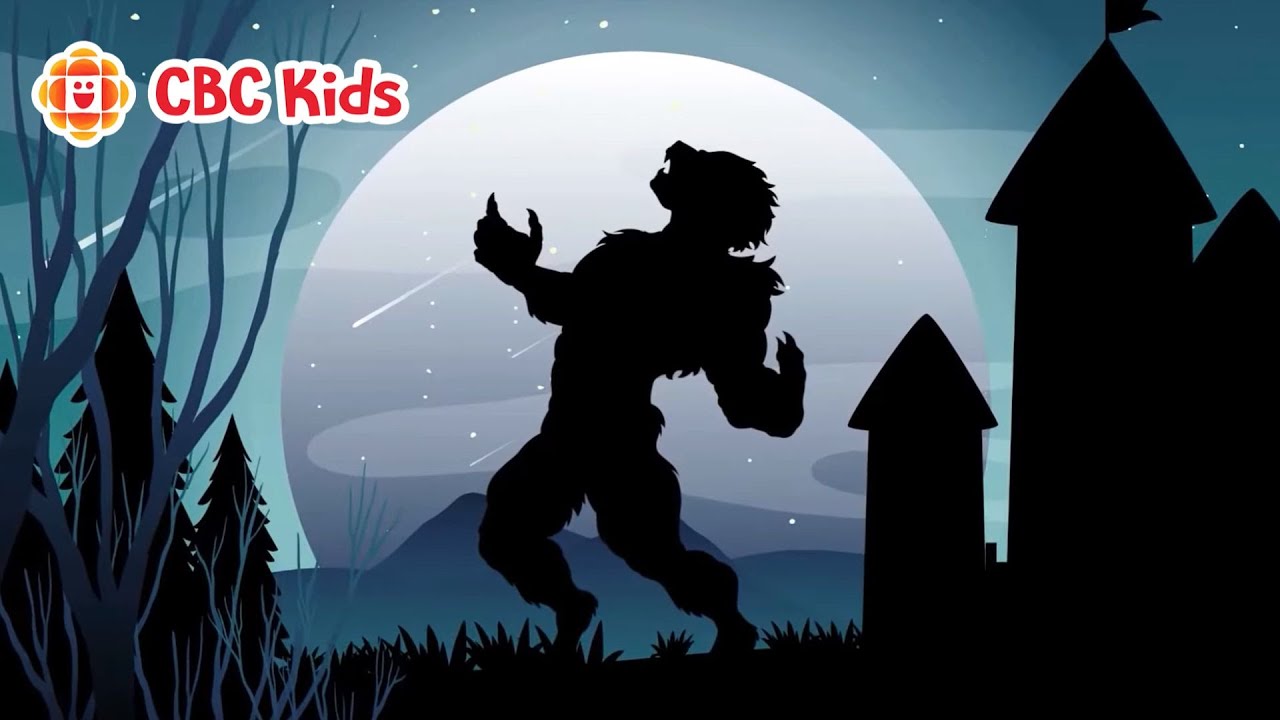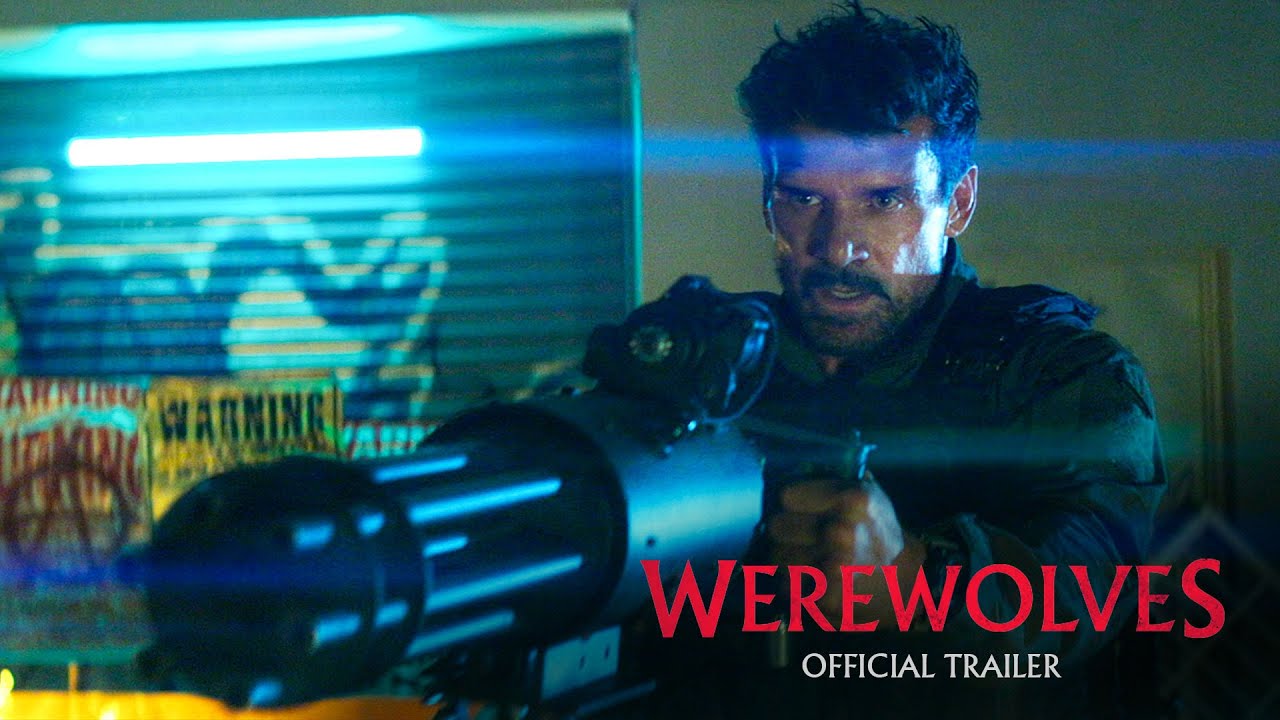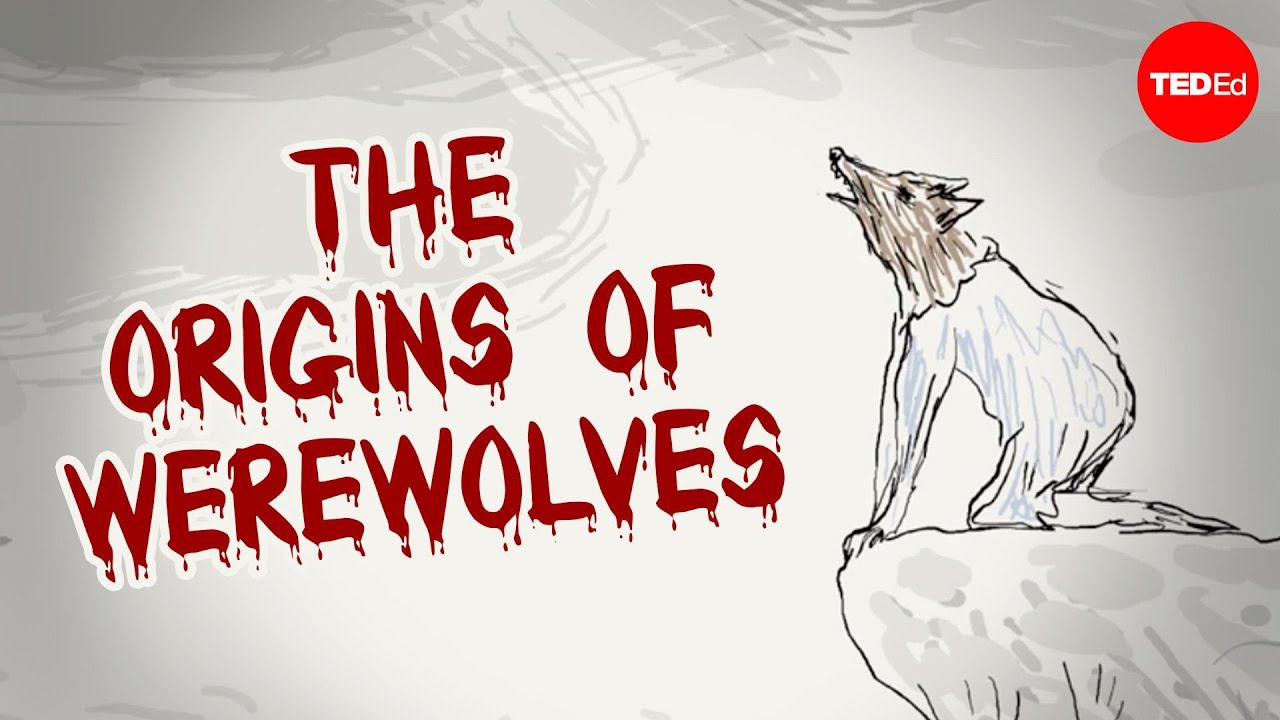The world of werewolves is a stirring one, filled with legends, myths, and transformations that have captivated audiences for centuries. From spine-tingling films to eerie folklore, werewolves have found their way into our hearts and nightmares alike. So, sit back as we dive into seven intriguing werewolf myths, examine the creatures’ anatomy, and explore how they’ve clawed their way into modern pop culture.
1. Top 7 Werewolf Myths and Their Cultural Roots
The notion of werewolves isn’t just confined to the big screen. These peculiar beings have deep cultural roots and intriguing myths surrounding them.
Ah, the classic trope! The full moon is often portrayed as the trigger for transformation into a werewolf. This idea has ancient roots, with the Greeks and Romans linking lunar phases to madness and change. A study published in 2020 dives into how these lunar associations crept into Roman stories about werewolves, showcasing the collective imagination.
Ever noticed those razor-sharp canine teeth in werewolf films? These visuals date back to medieval art, where artists like Gustave Doré illustrated sinners alongside fierce creatures. This imagery emphasizes not just the bestial nature of werewolves, but also underscores their predatory behavior, mimicking wolves hunting in the wild.
Let’s talk about the Scandinavian Berserkers—those fierce Viking warriors believed they could transform into wolves before heading into battle. Their tales highlight how ferocity and strength were viewed as strategies for survival. These legendary figures embraced their wild side, channeling the spirit of wolves, which gave them symbolic and tactical advantages in combat.
Bring out your inner reader! Literature has an extensive history of examining humanity’s dual nature. Franz Kafka in The Metamorphosis and Nnedi Okorafor in A Werewolf Problem in Modern Times tackle this transformation as a metaphor for deep existential crises. Thunder often stands in for inner chaos, which speaks volumes about the tumult of human emotion.
And what would Halloween be without a howling werewolf? This festive day has transformed the fearful aspect of werewolves into something fun yet frighting. Companies like Spirit Halloween embrace this, creating haunted attractions where attendees can engage with their primal fears through werewolf-themed experiences.
Some researchers, like David E. Wilkins, point out fascinating links between werewolves and biblical stories. The fantastical beast in Revelation parallels werewolves, creating a narrative between ancient kings and their monstrous tales. It’s all about exploring the morality and punishment in these myths.
In cinema, werewolves beautifully embody a moral spectrum. Are they cursed beings battling their instincts or misunderstood creatures seeking freedom? Take The Company of Wolves (1984)—it cleverly portrays these transformations as both a gift and a burden, making us question if werewolves are indeed angels or demons.
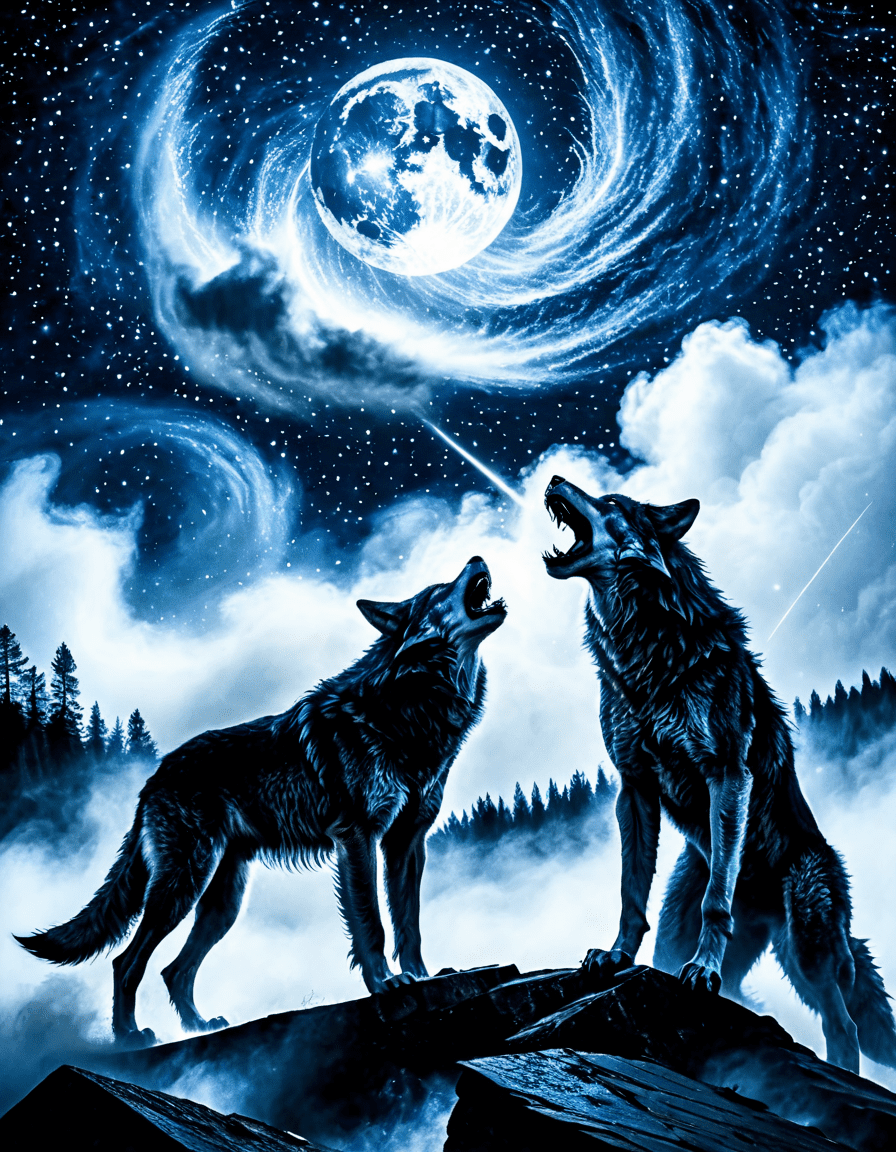
2. The Anatomy of the Werewolf: Teeth, Claws, and Transformation
Understanding the werewolf’s anatomy gives us insight into what makes them so iconic. Many films over the years have dramatized the transformation process, most notably An American Werewolf in London (1981), which pioneered special effects in depicting the gruesome metamorphosis from man to beast.
3. Werewolves in Modern Pop Culture: From Films to Video Games
Werewolves have seen a renaissance in modern media, appearing across films, television shows, and video games, each reincarnation offering a fresh perspective on these legendary figures.
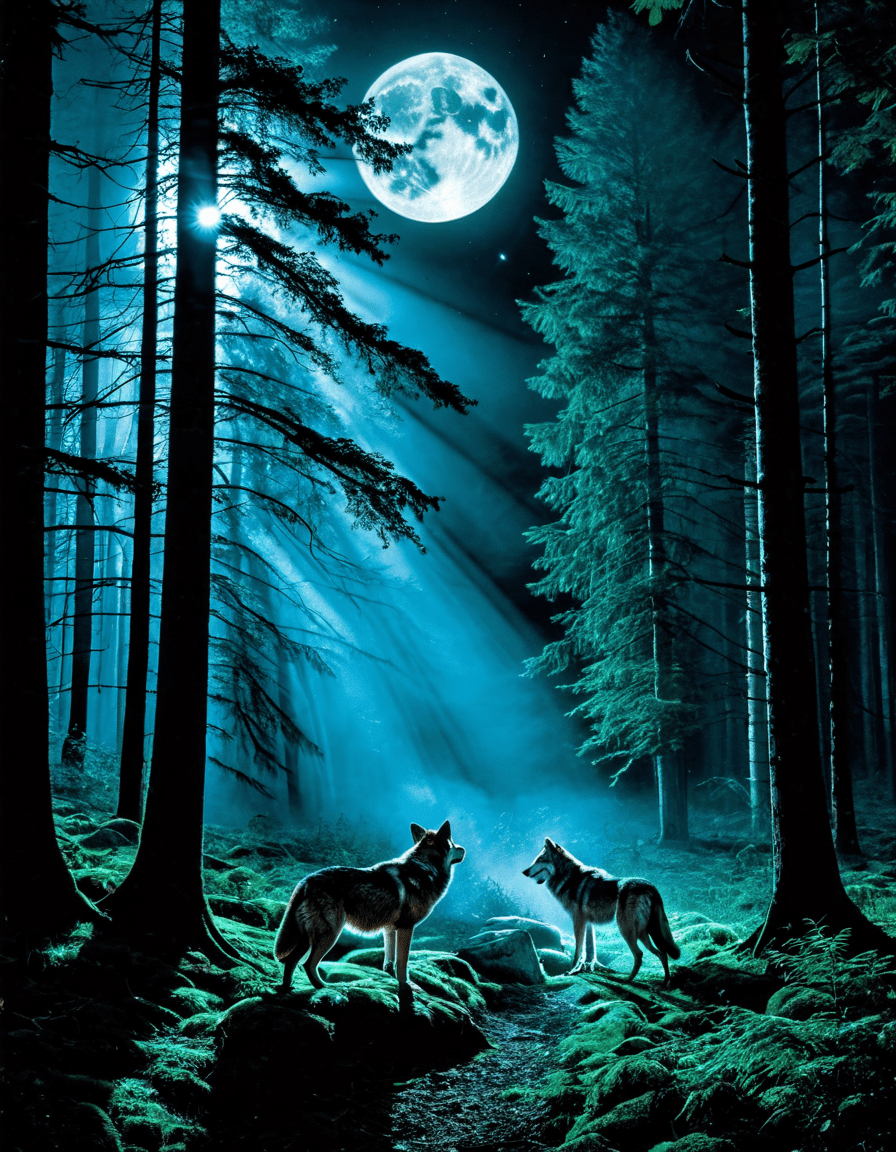
4. Navigating the Psychology of Lycanthropy: The Human Perspective
Lycanthropy also holds a special place in the realm of psychology. Cases of clinical lycanthropy—where individuals genuinely believe they can transform into wolves—spark equal parts intrigue and empathy.
5. The Warrior Archetype: Werewolves, Leadership, and Identity
In various cultures, werewolves embody the archetype of the warrior—fierce, powerful, yet vulnerable. They often symbolize strength entwined with inner battles, reflecting broader societal perceptions.
Transformative Beasts: A Reflection on Humanity
Ultimately, werewolves serve as a mirror to our intrinsic human struggles. They represent our fears and desires, showcasing a complex relationship between the wild side of humanity and the civilized persona we present to the world. These fascinating beings challenge us to confront our transformations, embodying both chaos and dignity. Through their stories, we find a deeper connection to ourselves and to each other, navigating our myths and the beasts within.
So next time you howl at the moon or curl up with a werewolf film, remember: it’s not just about monsters, but also about our multi-faceted human experience. To learn more about the fascinating world of werewolves, check this out here!
Spooky season may come and go, but the tales of these creatures will outlast the shadows, promising thrilling adventures for years to come. So, keep howling!
Werewolves: Myths, Facts, and Fascinating Transformations
Tales as Old as Time
Werewolves have haunted the shadows of folklore for centuries, intriguing people with their duality of human and beast. Some believe the legend started in ancient Greece, where the myth of Lycaon, transformed by Zeus for serving human flesh, became a cautionary tale. This metamorphosis isn’t just for the faint of heart; it’s got a weird appeal! Much like the compelling drama of Squid Games Season 2, the clash of humanity and animal instinct captivates us. In fact, stories of werewolves tap into our primal fears and urges, sometimes reflecting societal issues, just as Joy Ride explores the unpredictability of human nature in a high-stakes setting.
Transformative Legends
The transformation of men into werewolves often hinges on the full moon, a symbol of change and rebellion. Interestingly, the connection between lunar cycles and human behavior has been studied for ages, akin to uncovering pearls of wisdom—like the surprising revelations surrounding Dr. Oz’s diabetes cure, which aims to change lives for the better. In many cultures, the viral nature of the werewolf legend spread, creating unique variants. For instance, some believed special rituals or potions were required, making werewolves almost like a sports stats breakdown, similar to the Carolina Panthers Vs Buffalo bills match player Stats that highlight how individual efforts contribute to team dynamics.
Modern Interpretations
In modern cinema, werewolves continue to be a symbol of transformation. Movies like Key Largo utilize the tension of monstrous shifts, while character arcs echo the timeless struggle between good and evil.Ron Cephas Jones, often seen in roles grappling with personal demons, reminds us that even the best actors bring their own transformations to the screen. The werewolf myth is more than just a scary tale—it’s a powerful metaphor for the duality of human nature, inviting us to confront our inner beasts. So whether you’re watching transformations unfold in a gripping tale or exploring the psychological underpinnings in stories like Jack The Box, the allure of werewolves continues to resonate with audiences worldwide.
These fascinating creatures serve as mirrors, reflecting our darkest fears and wildest adventures, inviting curiosity about what lies beneath the surface. Why not dive deeper into the world of werewolves and discover what their transformations reveal about humanity?
